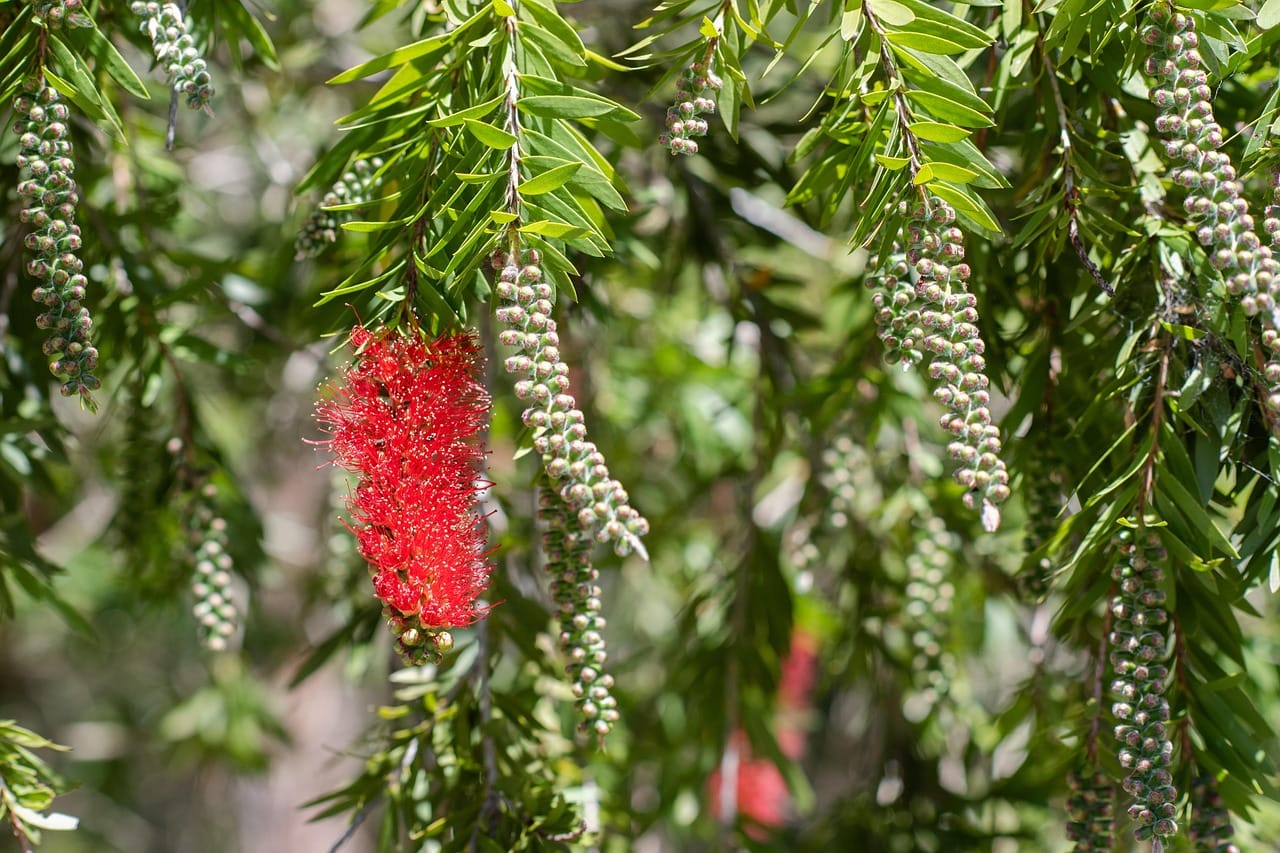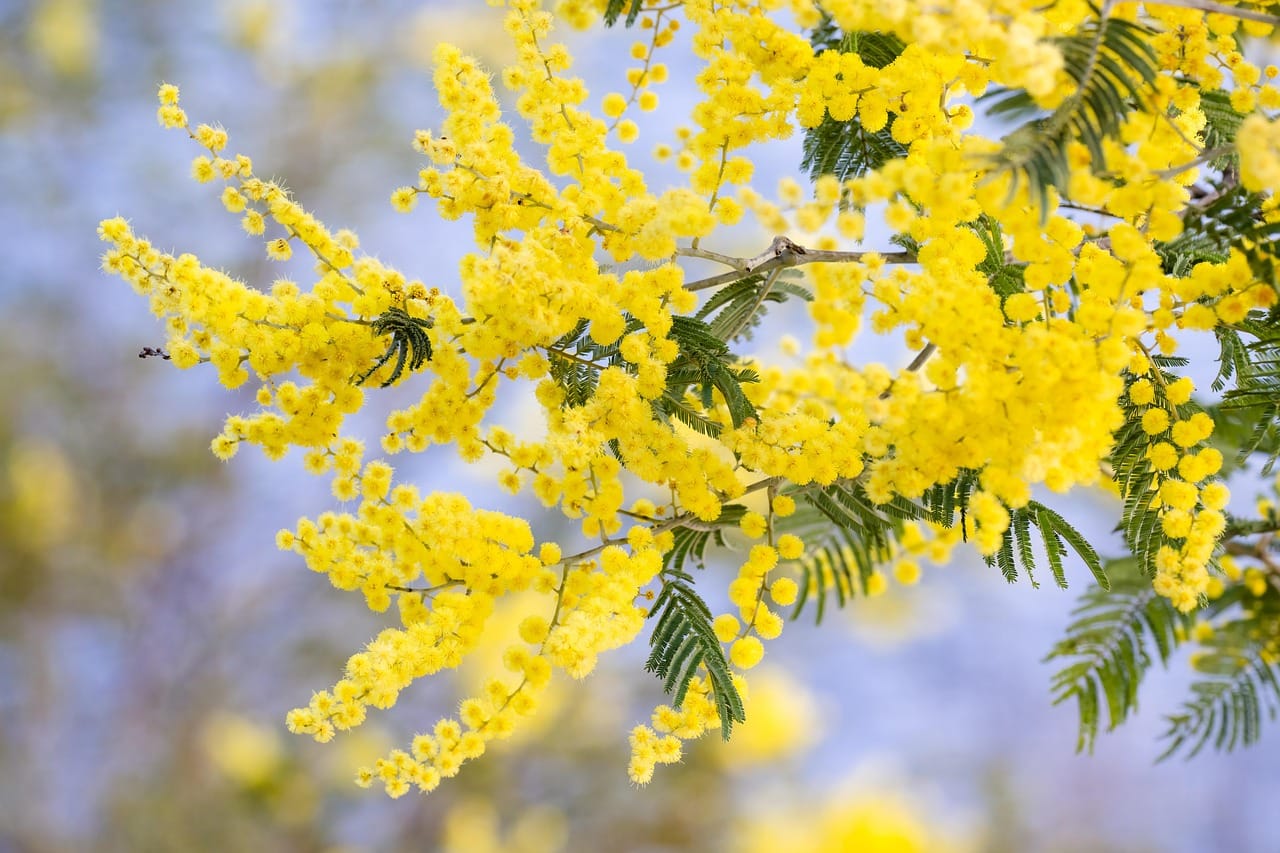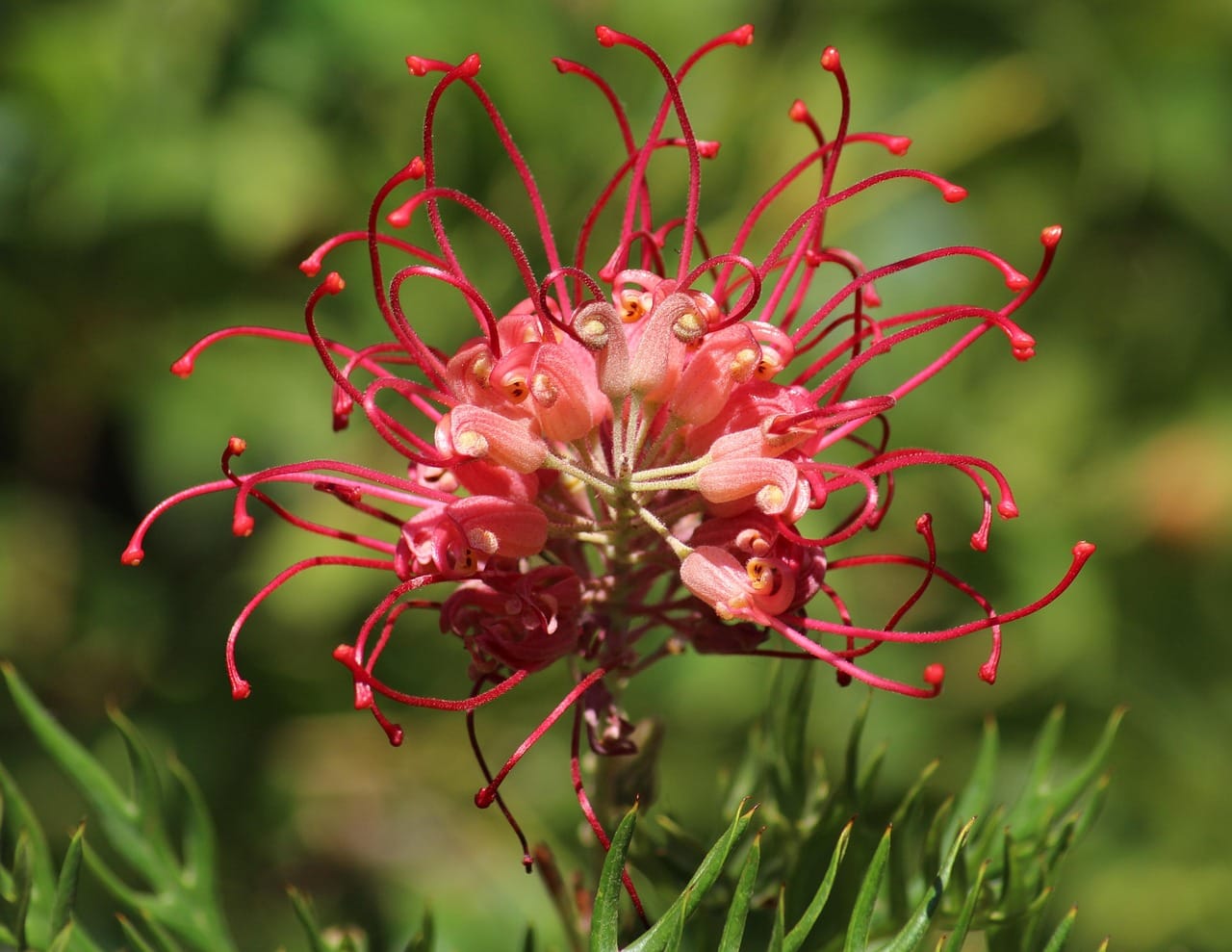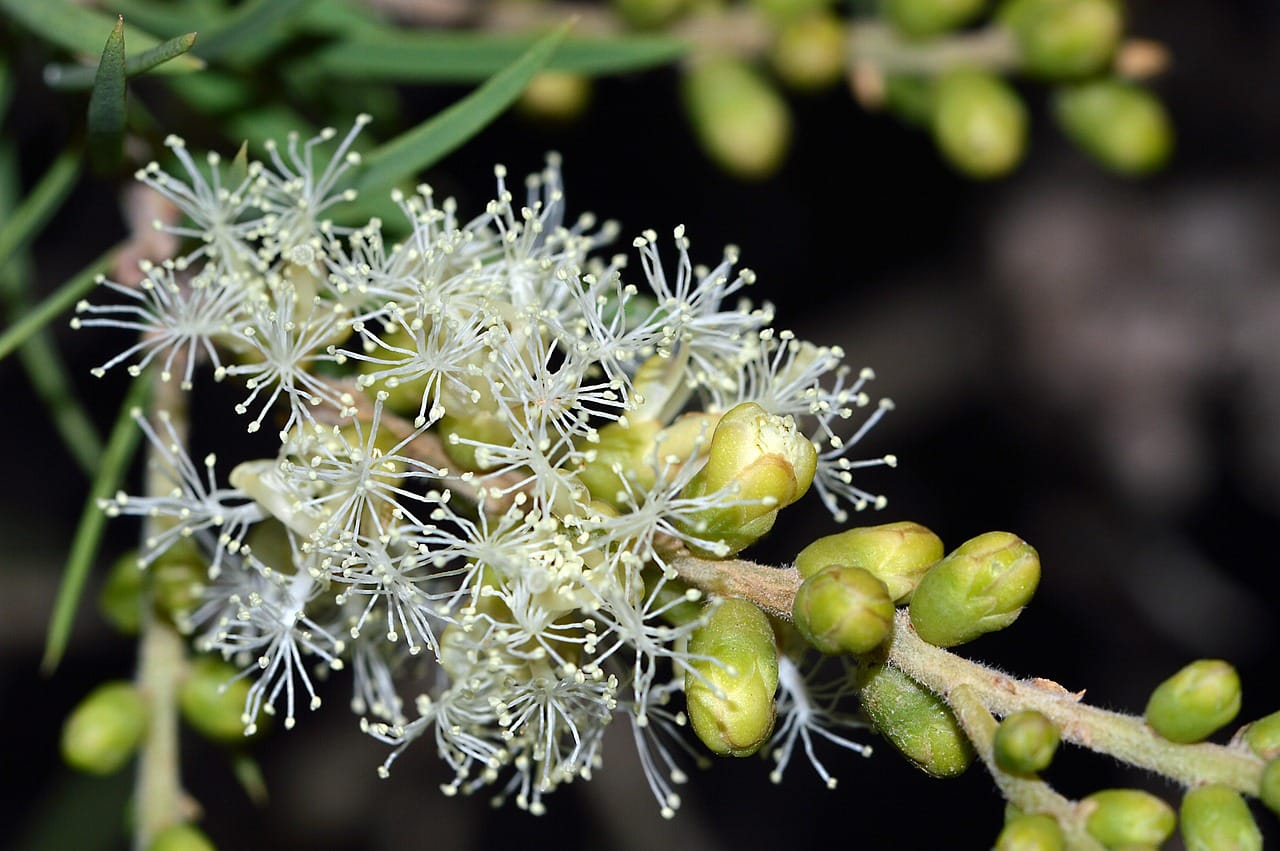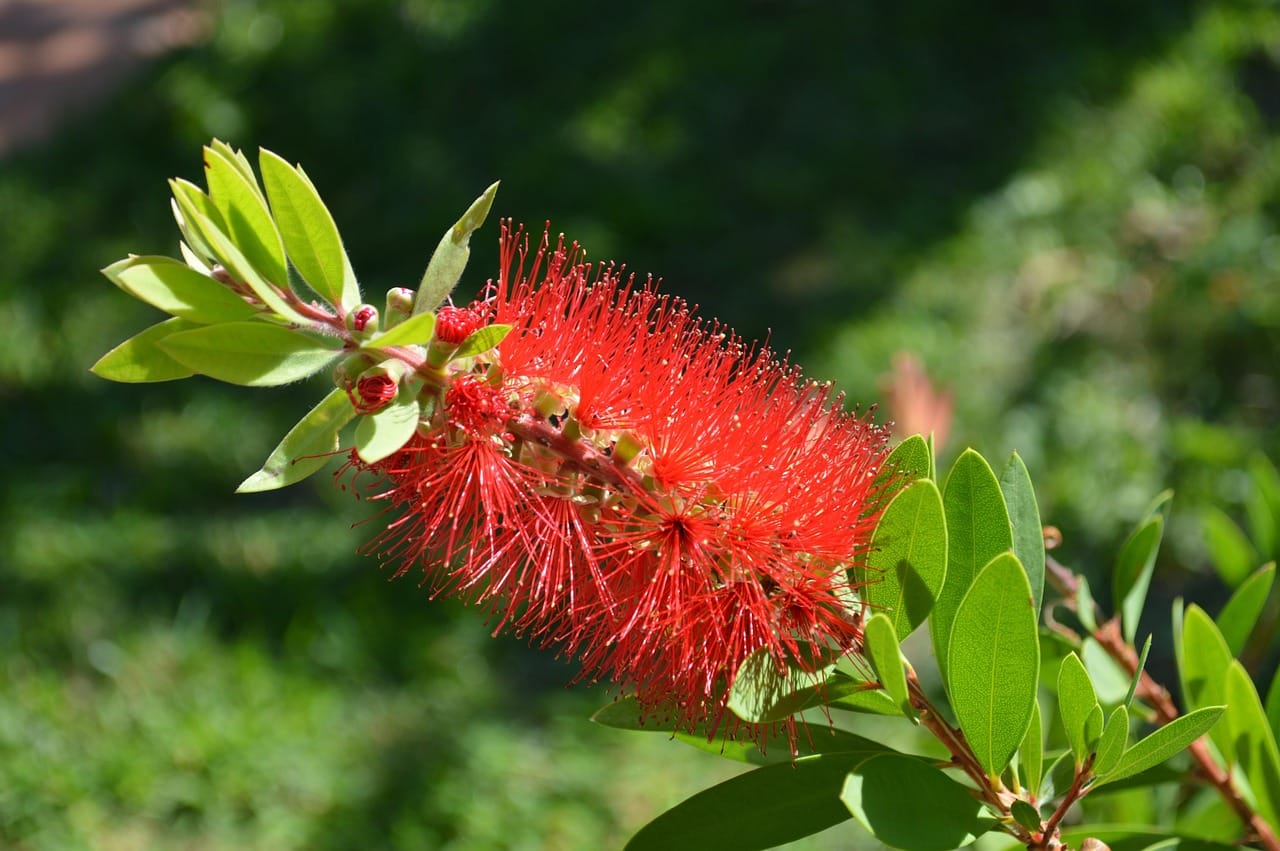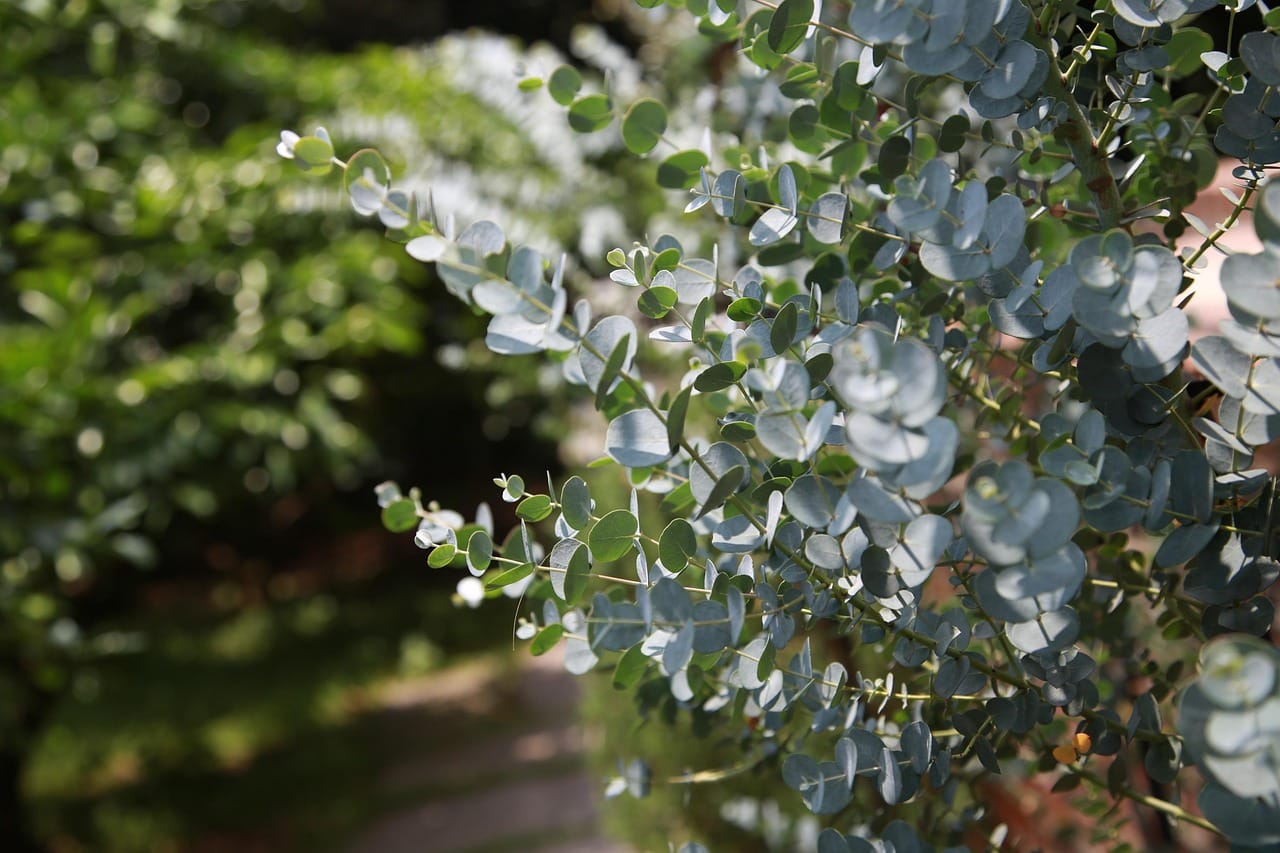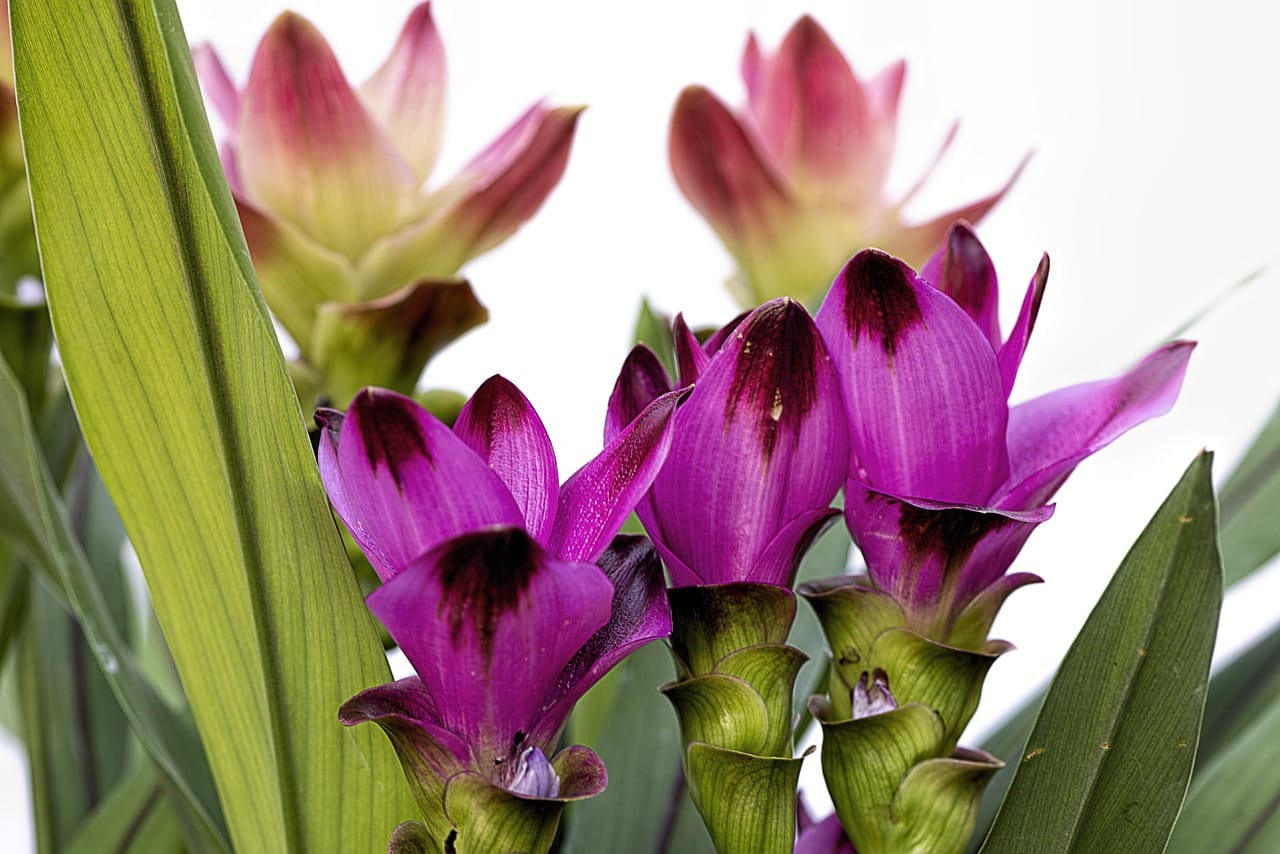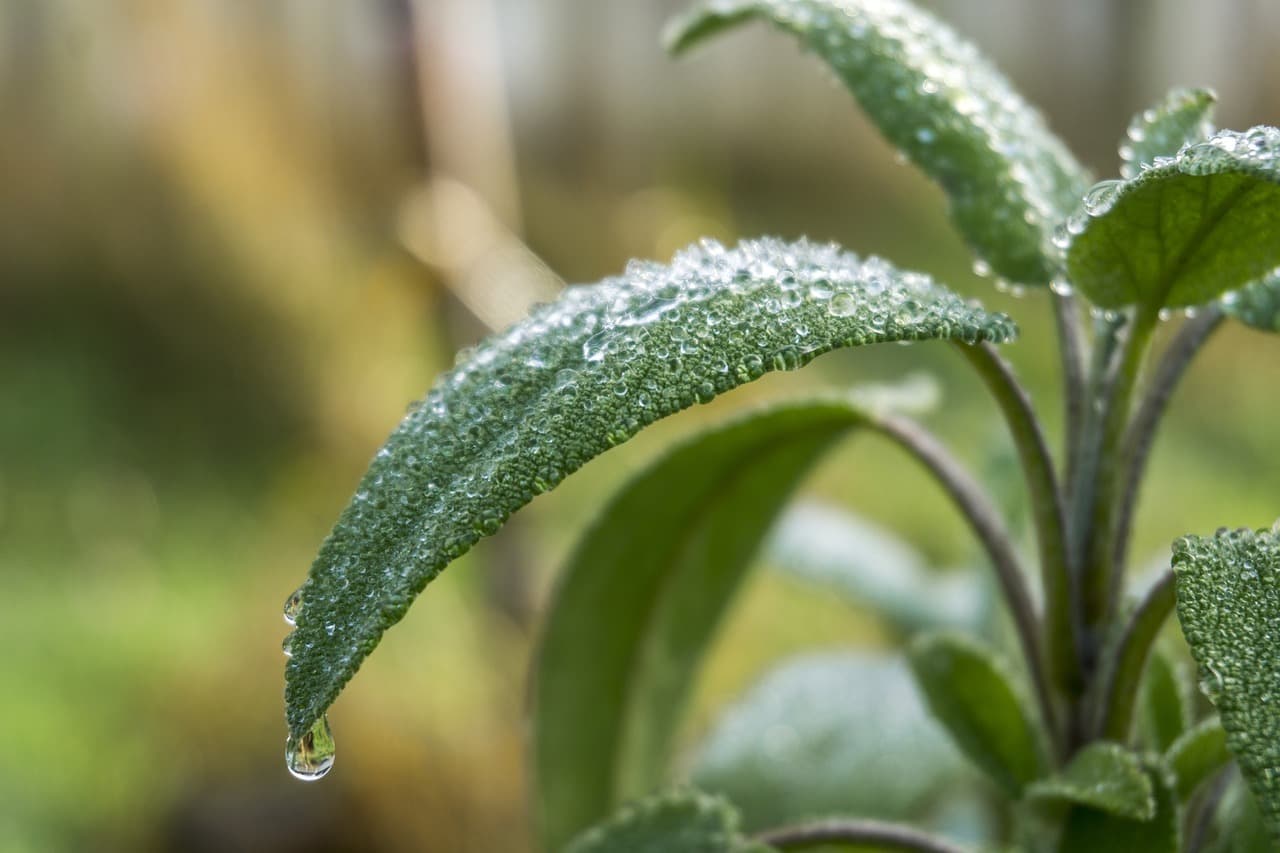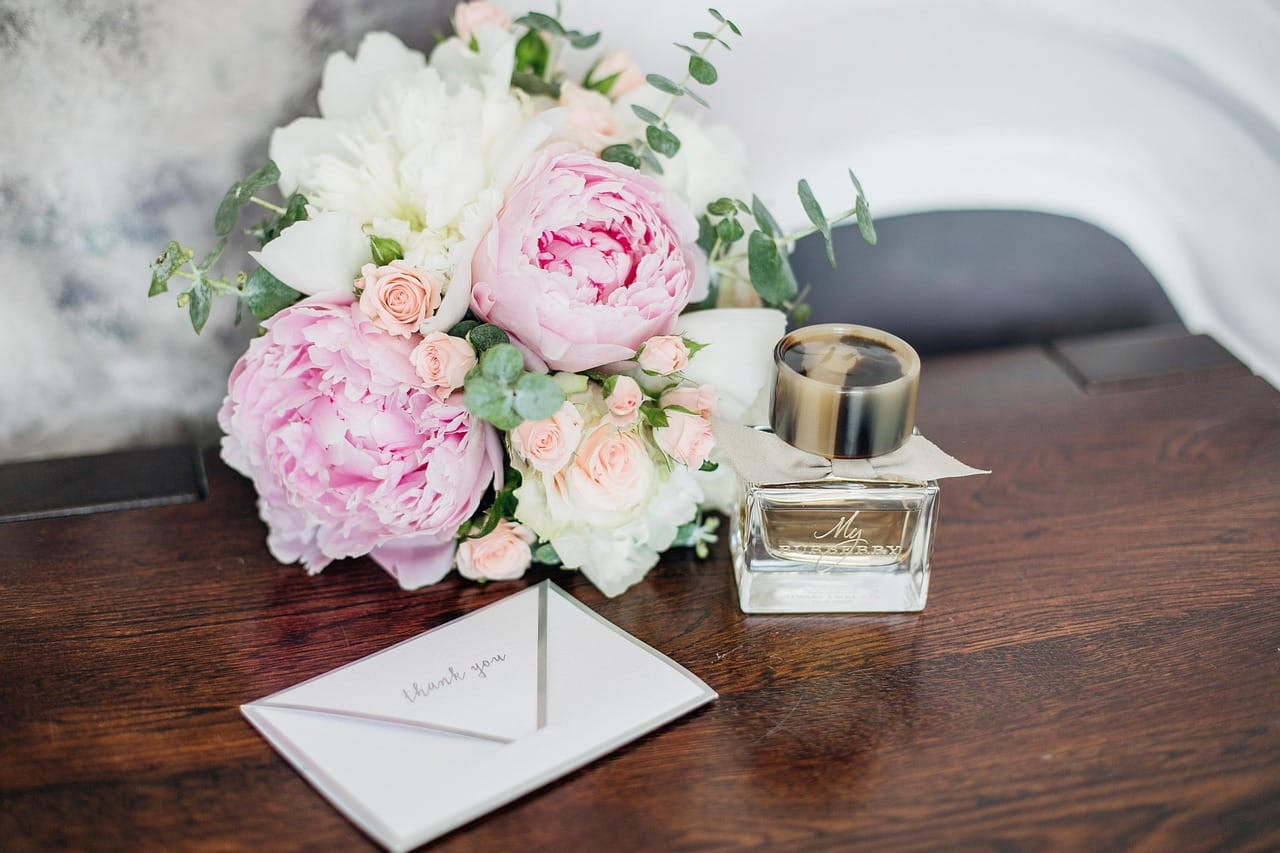Introduction
Queensland is a land of extraordinary botanical richness, where tropical rainforests, coastal mangroves, and dry sclerophyll woodlands converge to create a haven for vibrant native flora. Among these, tropical flowers such as Banksia, Waratah, Wattle, and Grevillea stand out, not only for their beauty and ecological roles but also for their deep cultural significance.
For tens of thousands of years, these plants have been integral to the lives of Queensland’s First Nations peoples, not merely as resources, but as spiritual entities and living extensions of Country. Their flowering cycles mark the passage of time, their presence on the land tells stories of ancestral journeys, and their unique forms are embedded in ceremony, healing, and identity.
Understanding the cultural importance of native flowers within Indigenous communities requires more than botanical curiosity; it calls for a respectful and nuanced engagement with Indigenous knowledge systems, many of which are still actively maintained and revitalised today. This article examines the most popular Indigenous flowers Queensland has to offer and how they are perceived through an Indigenous lens, serving not only as physical organisms but also as sacred bridges uniting spirit, people, and the living land. Through this lens, we gain insight into how flowers serve as keepers of memory, navigators of the seasons, and sources of healing and strength.
Country, Connection, and the Language of Flowers
For Indigenous Australians, especially those living across the diverse landscapes of Queensland, the idea of Country extends beyond geographical terrain. Country is alive, it holds knowledge, law, spirit, and kinship. It is not separate from people; rather, people are a part of it. This interconnected worldview underpins every interaction with the land and its features, including flowers. Each plant has a role, a meaning, and a story. Country teaches, nourishes, and guides, and native flora, especially flowering plants, acts as a visible expression of its power.
Queensland is home to over 150 distinct Aboriginal and Torres Strait Islander Nations, each with unique languages, customs, and relationships to specific plants in their region. In tropical North Queensland, the Yidinji and Djabugay peoples, for example, maintain knowledge of seasonal blooms and their role in local food systems, medicine, and spiritual practices. On the central coast, the Butchulla people may read flowering patterns as indicators of marine activity or upcoming weather changes. While flowers like the Wattle or Banksia may be widespread, their meanings, names, and uses differ dramatically between Nations, reminding us that Indigenous knowledge is incredibly local and cannot be generalised.
Flowers are also part of Indigenous “language”, not just in a literal linguistic sense, but symbolically. They speak of change, of memory, of resilience. The blooming of a flower may mark the time to gather certain bush foods, to perform rituals, or to observe a period of reflection. In many communities, floral elements are used to teach children about safety, community obligations, and the stories of the Dreaming. These teachings are often passed down orally, through ceremony, dance, and art, embedding plant knowledge into cultural memory.
Native Tropical Flowers of Cultural Significance in Queensland
This section explores some of the most iconic native flowers in Queensland that hold spiritual and practical importance for Indigenous communities. Each of these plants is not only culturally meaningful but also easy to grow in your own garden, offering you a chance to connect with their beauty and symbolism.
Banksia (Banksia spp.)
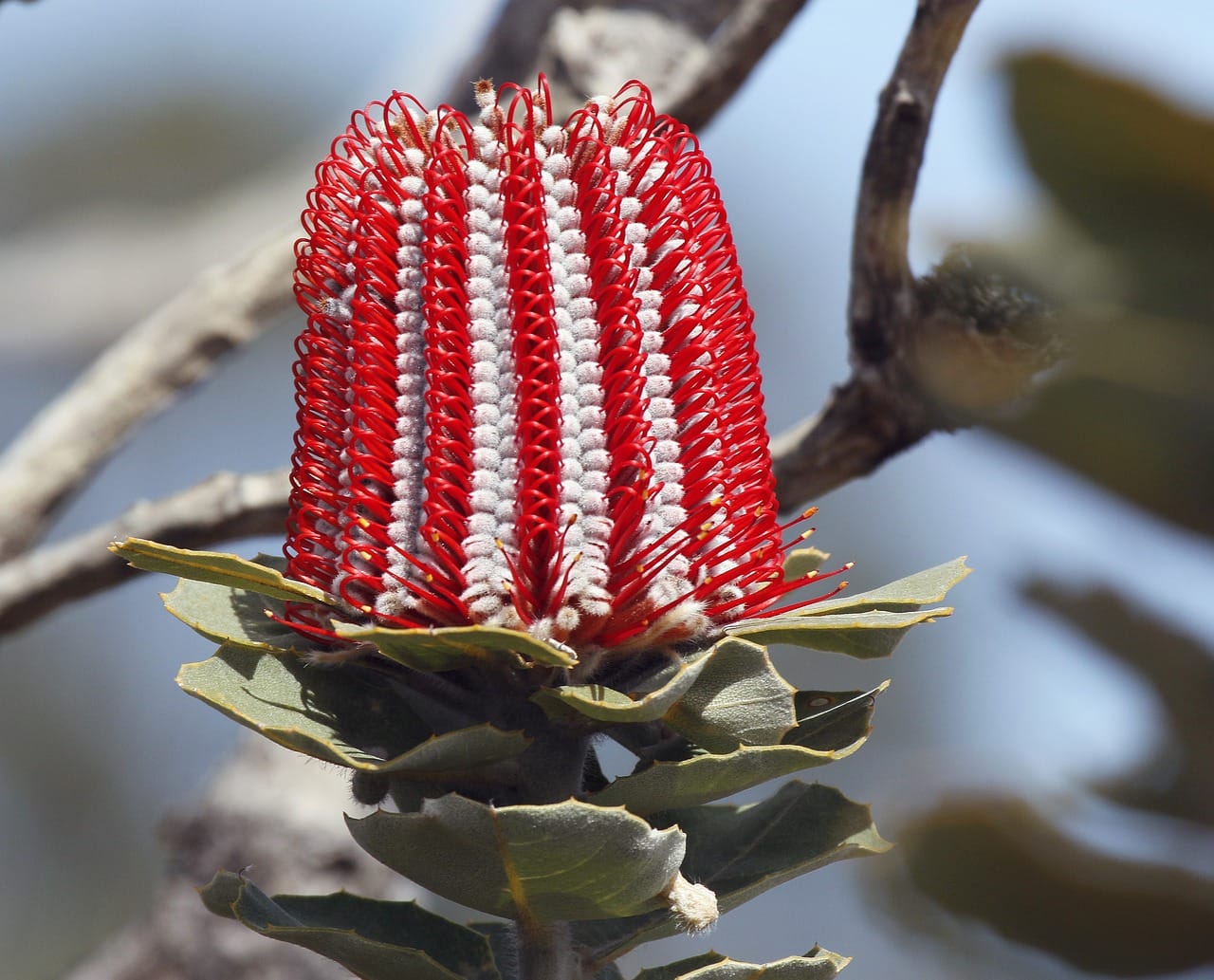
Banksia is a prominent flower in many Dreaming stories across Australia, including Queensland. Its unusual structure and tough, cone-like seedpods often represent strength through adversity and the power of renewal. For some communities, the banksia embodies ancestral spirits that continue to live on through the land and its blooming. Traditionally, the sweet nectar of Banksia flowers was released by soaking the flowers in water, creating a naturally refreshing drink. Each Nation’s interpretation of a plant like Banksia is unique. While species like Banksia integrifolia (Coastal Banksia) are found along much of eastern Australia, including coastal Queensland, how they are viewed, named, and used can differ greatly between groups.
Banksia Cultural & Traditional Uses
Indigenous communities, including those in coastal and inland Queensland areas, traditionally sucked nectar directly from Banksia flowers or soaked flower spikes in water (often in bark or wooden coolamons) to make a naturally sweet drink or cordial. In some regions, the nectar-laden water was allowed to ferment into a mild fruit wine or mead, with the fermented cones and drink sometimes referred to by the same term (e.g. “mungytch”). Large woody seed cones from saw or heath banksia were used as firebrands, burning slowly and used to carry fire between camps, a traditional practice in several regions of Queensland and beyond.
Banksia Associations & Symbolism
In many Indigenous communities across Queensland, Banksia flowers are more than just striking plants; they are deeply symbolic entities woven into the spiritual, cultural, and ecological fabric of life on Country. Often appearing in Dreaming narratives, Banksias represent endurance, transformation, and continuity, echoing the way their robust flower spikes persist through harsh seasons and fire. These qualities are seen as metaphors for the strength of people, the cyclical nature of time, and the resilience of culture. The way a Banksia transforms from soft flower to woody cone mirrors the Indigenous understanding of life's transitions, including birth, growth, death, and renewal.
Within some Queensland Nations, specific Banksia species carry totemic significance, meaning they are spiritually associated with particular families, clans, or ancestral beings. Totems are central to many Indigenous belief systems and define relationships between people, plants, animals, and places.
A Banksia totem may embody guidance, protection, or ancestral memory, acting as a living connection to the Dreaming and a person's spiritual responsibilities to land and kin. For example, on the southeast coast of Queensland, home to the Yugambeh and Quandamooka peoples, Banksia trees may be known by names in language that reflect their perceived character or historical role in local lore.
Although oral traditions are carefully protected within communities, some stories describe ancestral beings who transformed into Banksia plants, leaving behind physical markers on the landscape that serve as both teaching tools and sacred sites.
Banksia’s ecological behaviour also contributes to its symbolic resonance. In fire-adapted environments like those of the Sunshine Coast and Fraser Coast regions, Banksia cones only release seeds after exposure to intense heat. This trait reinforces their status as symbols of rebirth through adversity, a concept reflected in ceremonial teachings and seasonal knowledge. The presence of Banksias in particular places can indicate ancestral pathways, known as Songlines, which trace the journeys of ancestral spirits and are still used as spiritual maps across Country.
The visual uniqueness of Banksia, in that no two flower spikes are exactly alike, also contributes to its role in art, teaching, and cultural expression. Children may be taught lessons about individuality, community roles, or resilience through the observation of a Banksia flower’s shape and lifecycle. These flowers often appear in Indigenous artworks, sometimes stylised, sometimes abstract, representing not just the plant itself but the broader themes of connection to Country, survival, and sacred knowledge passed down through generations.
Banksia Ecological Role & Natural Habitat
Species like Banksia integrifolia (Coastal Banksia) thrive on Queensland’s dunes, coastal forests, and estuarine margins. They are known for producing large volumes of nectar, attracting pollinators such as honeyeaters, small mammals, and insects. These same species serve as critical nectar sources in late autumn and winter when few other flowers bloom, vital for both Indigenous harvesting traditions and native wildlife sustenance.
Banksia Practical Cultivation Advice
Ideal Growing Conditions
Banksias are among the most important Indigenous flowers Queensland has to offer. They generally prefer sandy, well‑drained soils, full sun, and low phosphorus fertiliser; they are phosphorus-sensitive and can suffer root rot if conditions are humid or waterlogged. Species like B. integrifolia are particularly robust in coastal Queensland climates and tolerate moderate humidity better than Western Australian species, which often struggle in tropical settings.
Propagation & Maintenance
Seed germination is straightforward; no special pre-treatment is needed. Sowing in freely draining, sterilised mix (such as a combination of sand, loam, and leaf mould) and keeping it moist yields good germination within 30 to 40 days. Pruning is encouraged: remove old flower spikes to promote health and new growth. For lignotuberous species, substantial trimming is tolerated and can rejuvenate growth. Watch for fungal disease, particularly in humid climates. Sterilised growing medium and good air circulation are important.
Landscape & Wildlife Benefits
Banksias attract a range of nectar-eating wildlife (birds, bees, possums) and planting them supports local ecosystems and reconnects garden landscapes to Indigenous ecological relationships. Their dramatic flower spikes and woody seed-cones make them attractive focal points; they also offer practical uses: cones as long-burning firebrands, wood for crafting tools, or brushes from flower spikes.
Particularities & Uses:
Natural nectar source
Seedpods used in traditional fire-making and tool crafting
Dried flowers are used decoratively and symbolically
Aesthetically unique—no two blooms look exactly alike
Wattle (Acacia spp.)
Wattles are found across all regions of Queensland, from coastal plains to arid inland zones. They are one of the most culturally significant flowering plants for Aboriginal and Torres Strait Islander peoples. Wattle blooms often indicate key environmental transitions, such as seasonal rainfall, bush food readiness, or animal migration patterns.
In many Dreaming stories, wattles represent renewal, connection to Country, and collective memory.
Different Nations have unique names and uses for various Acacia species. In Central Queensland, some communities watch for the blooming of specific wattles to begin harvesting yams or to signal traditional burning times. Wattles are also associated with community cohesion, as their bark, gum, and wood were used in communal tools, medicines, and crafts.
Wattle Cultural & Traditional Uses
Wattle trees have held immense cultural value for Indigenous communities across Queensland for tens of thousands of years, serving a wide range of practical and spiritual purposes. The sticky gum, or resin, exuded by various Acacia species was carefully harvested and used as a natural adhesive in toolmaking, binding stone blades to wooden handles, or occasionally eaten raw as a source of energy.
The bark, rich in tannins, was boiled to create medicinal infusions used to treat ailments such as colds, sore throats, diarrhoea, and skin infections. Some Nations also applied these infusions as wound washes, taking advantage of the bark’s astringent and antiseptic properties. Wattle seeds, particularly from species with large, non-toxic pods, were collected, roasted, and ground into a coarse flour, then mixed with water to make damper or flatbreads, a nutritious, high-protein staple of traditional diets.
Beyond its physical uses, the wattle also held deep seasonal and ceremonial significance. The blooming of specific Acacia species acted as a natural calendar, signalling the arrival of rains, the readiness of certain bush foods, or the migration patterns of birds and fish. These cues were vital for planning food gathering, ceremony, and land management activities such as cultural burning. In some communities, wattle flowers and foliage were used in smoke ceremonies for purification, cleansing spaces and people of negative energies or spiritual residue.
The flower’s golden hue and ephemeral presence often symbolised transition, rebirth, and the cycles of life, reinforcing its role not only as a practical resource but as a spiritual guide rooted in the rhythms of Country.
Wattle Associations & Symbolism
Across many Indigenous cultures in Queensland, wattle trees are powerful symbols of renewal, resilience, and continuity. Their remarkable ability to regenerate quickly after fire, often being among the first plants to flower and reseed in scorched landscapes, has long been recognised as a sign of nature’s ability to heal itself. This regenerative trait has made the wattle a botanical representation of recovery and rebirth, not only in the natural world but also in the emotional and spiritual lives of people. The plant is often seen as embodying the spirit of persistence, making it a totem of community strength and adaptation in the face of change.
Wattles are also deeply tied to protection, both physically and symbolically. Some species grow with dense, prickly foliage that shields smaller plants and animals, while their bark and resin were traditionally used for healing and fortifying tools. Spiritually, this protective role is reflected in stories and practices where wattle trees are associated with safeguarding individuals, families, or even entire communities.
Their bright golden blooms, bursting forth just before or after seasonal rains, are frequently equated with the sun, warmth, and life-giving energy. In local lore, this golden light is sometimes interpreted as a visual reminder of ancestral presence or the ongoing relationship between land, sky, and people. The wattle’s brief but brilliant flowering also serves as a metaphor for the fleeting yet meaningful phases of life, anchoring it firmly within cycles of ceremony, memory, and cultural reflection.
Wattle Ecological Role & Natural Habitat
Wattles are among the most ecologically versatile and widespread native plants in Queensland, thriving in environments as diverse as tropical coastal zones, open eucalypt woodlands, arid inland scrub, and mountain slopes. Their adaptability to different soil types, including poor, sandy, or compacted soils, makes them a cornerstone species in many Australian ecosystems. As nitrogen-fixers, wattles play a crucial role in restoring and maintaining soil health.
Their roots form symbiotic relationships with Rhizobium bacteria, which convert atmospheric nitrogen into a form that plants can absorb—naturally fertilising the soil and enabling the growth of other plant species. This quality is especially vital in disturbed or degraded landscapes, where wattles often act as pioneer plants, stabilising the soil and facilitating the return of plant and animal life after fire, drought, or human activity.
Ecologically, wattles are a keystone species for countless organisms. Their prolific blooms provide nectar and pollen for native bees, butterflies, beetles, and other pollinators, while their seed pods feed birds such as cockatoos, parrots, and finches, as well as small marsupials and rodents.
Some acacia species also offer shelter and nesting material for birds and insects. In wetter regions of Queensland, such as the Wet Tropics, certain wattles grow alongside rainforest margins and serve as transitional species between dense forest and open woodland. In drier inland zones, hardy acacias provide the backbone of scrub ecosystems, offering shade and protection to understory plants and animals alike.
From a cultural land management perspective, wattles are also linked to traditional fire regimes. Their fast-growing nature and fire-adaptive traits make them responsive to Indigenous cultural burning practices, which use low-intensity fires to promote biodiversity and maintain healthy Country. In this way, wattles not only sustain ecosystems but also support ongoing ecological knowledge systems that have been practised in Queensland for thousands of years.
Wattle Practical Cultivation Advice
Ideal Growing Conditions
Wattles are among the easiest native trees to grow. Most prefer full sun, free-draining soils, and minimal fertiliser. Choose species adapted to your local region for best results.
Propagation & Maintenance
Seeds may require hot water treatment or scarification before planting. Young wattles grow quickly and can flower within 1–2 years. Prune lightly to maintain structure and prolong lifespan.
Landscape & Wildlife Benefits
Great for erosion control, windbreaks, and habitat restoration. Attracts a wide variety of pollinators and supports native biodiversity.
Particularities & Uses
Gum and bark are used medicinally and practically
Significant seasonal indicators
Strong regenerative properties post-disturbance
Symbol of cultural resilience and community renewal
Grevillea (Grevillea spp.)
Grevilleas are abundant in Queensland, thriving from coastal areas to inland plains. Known for their intricate, spider-like flowers and vivid colours, they are beloved by Indigenous communities for their nectar, visual beauty, and role in traditional ecological knowledge. Grevilleas often mark the presence of water or indicate seasonal shifts. In some communities, the plant is tied to childhood memories, as children would drink nectar straight from the flowers.
Certain species, like Grevillea robusta (Silky Oak), are also used in traditional woodcraft for making tools or ceremonial objects. Grevilleas are often seen as symbols of warmth, vitality, and the ongoing flow of life.
Grevillea Cultural & Traditional Uses
In Indigenous communities across Queensland, Grevillea plants have long been valued for their practicality, sweetness, and cultural relevance. One of their most cherished features is their nectar, which was traditionally consumed straight from the flower, often by children, who would delight in sucking the sweet liquid from the bright, spidery blooms.
In some areas, nectar was also gently shaken into containers made from bark or coolamons, producing a naturally sweet drink that could be enjoyed during gatherings or while travelling across Country. This simple yet significant practice fostered an early connection between children and the land, embedding plant knowledge into daily life from a young age.
Beyond their edible properties, certain Grevillea species played important roles in seasonal awareness. The timing of their flowering was observed carefully and often used to signal key environmental events, such as the movement of animals, the ripening of bush fruits, or the beginning of important cultural activities.
In parts of inland and southern Queensland, where larger Grevillea species like Grevillea robusta (Silky Oak) grow, the wood was sometimes used to craft tools, spear shafts, or ceremonial implements due to its workability and durability. These items were often made with great care and passed down through families, creating a tangible link between people, plants, and cultural heritage. It is important to mention that some Grevillea species, particularly the Silky Oak, contain toxic compounds like hydrogen cyanide in their nectar and tridecyl resorcinol in their sap, which can cause allergic reactions. Therefore, not all Grevillea nectar is safe for human consumption.
Grevillea plants are also closely associated with the act of gathering and oral storytelling. Families and communities would sit under their shade or near their blooms, sharing stories of ancestors, the Dreaming, and land-based knowledge. In this way, the Grevillea is more than a source of sweetness; it is part of the broader rhythm of community life, teaching, and intergenerational memory, deeply rooted in the landscapes of Queensland.
Grevillea Associations & Symbolism
In the sun-drenched landscapes of Queensland, Grevilleas are more than just ornamental plants; they are vibrant symbols of life, joy, and community. Their vivid, spidery blooms appear in a dazzling array of reds, yellows, oranges, and pinks, flowering across long stretches of the year, even when other plants remain dormant. This generosity has made them symbols of abundance and nourishment within many Indigenous cultures across the region. For generations, Grevilleas have been associated with childhood wonder and learning; their sweet nectar offers an early, delicious introduction to plant knowledge, and children are often taught to recognise and gently harvest from the blooms without harming them, an early lesson in care and respect for Country.
In some parts of Queensland, the constant presence of Grevillea flowers is said to reflect the spirit of joy and curiosity, embodying the energy of community gatherings, seasonal movement, and shared knowledge. Their colours are not only eye-catching, but deeply expressive; they are seen as the land’s way of celebrating life, offering both beauty and sustenance in one. This cheerful constancy and openness to all, birds, bees, people, echo a kind of quiet wisdom: a reminder that giving, thriving, and enduring are all part of the same natural rhythm. To many, the Grevillea is not just a plant, it’s a living presence that reflects the emotional and spiritual vitality of the land itself.
Grevillea Ecological Role & Natural Habitat
Across Queensland, Grevilleas adapt easily to diverse environments, and their abundant flowering provides vital food sources for birds, insects, and small native animals. Many species flower throughout the year, providing critical nectar when other sources are scarce.
Grevillea Practical Cultivation Advice
Ideal Growing Conditions
Plant in well-drained soil, in full sun to part shade. Most Grevilleas are drought-tolerant once established and thrive with little care. Avoid phosphorus-rich fertilisers.
Propagation & Maintenance
It can be propagated from cuttings or seeds. Prune regularly to shape and promote flowering. Great as hedging plants or wildlife-attracting borders.
Landscape & Wildlife Benefits
Support bees, honeyeaters, and sugar gliders. Year-round flowering makes them valuable in wildlife corridors and habitat gardens.
Particularities & Uses
Nectar-rich and child-friendly
Bright, diverse colours symbolise joy and sustenance
Wood used in tools and crafts
Ideal for native or waterwise gardens
Other Examples of Native Tropical Flowers of Cultural Significance in Queensland
Melaleuca (Paperbark Trees)
Uses: Bark used for shelters, food wrapping, bandages, and cradles; flowers used in traditional cleansing and healing.
Symbolism: Associated with protection, renewal, and purification, Melaleucas are often part of healing ceremonies and smoke rituals.
Callistemon (Bottlebrush)
Uses: Nectar consumed directly; used in teaching children about foraging; occasionally used to soothe sore throats.
Symbolism: Represents cleansing, resilience, and readiness, with its bold red blooms seen as markers of seasonal change.
Hibiscus heterophyllus (Native Rosella)
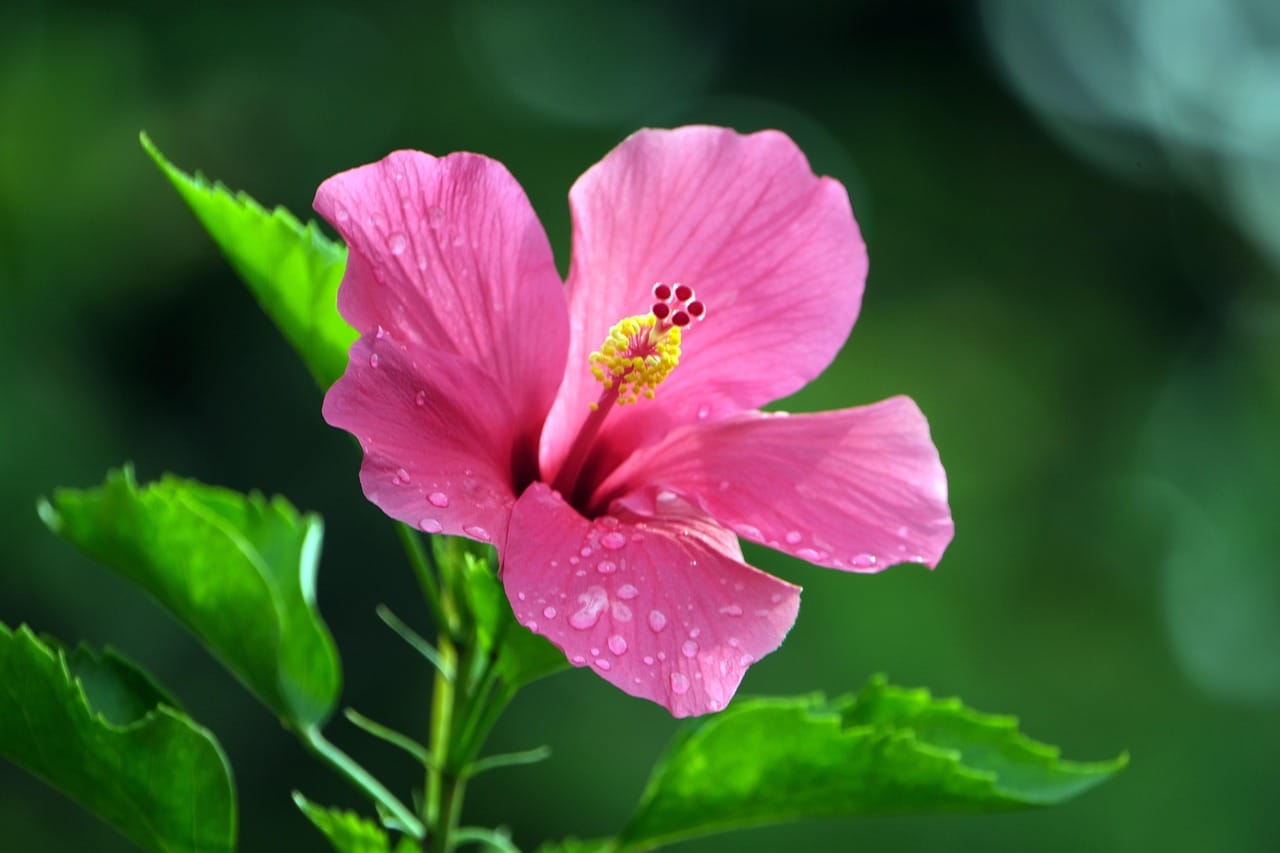
Uses: The flowers and tender leaves are traditionally consumed as food, while the roots have been used in bush medicine for their healing properties
Symbolism: Connected to nurturing, femininity, and strength, often associated with maternal care and seasonal renewal.
Eucalyptus (Gum Trees)
Uses: Leaves are used in smoke ceremonies; flowers provide nectar for food and medicinal drinks.
Symbolism: Associated with healing, ceremony, and ancestral presence, especially during rites of passage or mourning.
Smilax glyciphylla (Sweet Sarsaparilla)
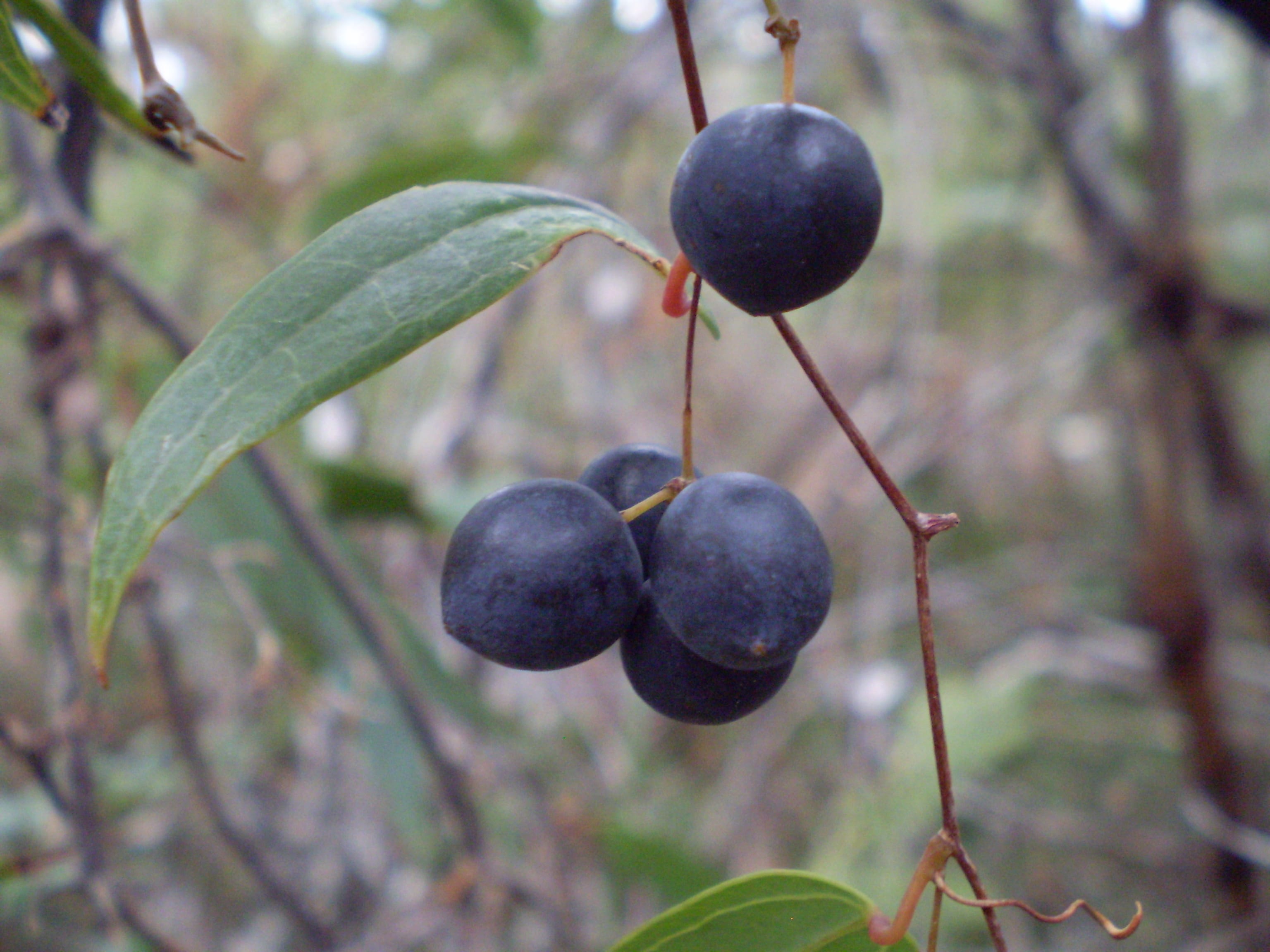
Uses: Indigenous communities in coastal Queensland brewed the aromatic leaves into a sweet herbal tea, used both as a tonic and remedy for coughs and scurvy, especially useful after European contact.
Symbolism: Associated with health, vitality, and remedy, this plant symbolises traditional healing practices and the continuity of bush medicine traditions.
Curcuma australasica (Native Turmeric / Cape York Lily)
Uses: In Cape York Peninsula, the Gugu Yimithirr people traditionally roasted and consumed the rhizomes of this plant as bush food.
Symbolism: Flourishing in damp sandstone regions, it embodies survival and adaptability, and is closely tied to ancestral wisdom in the far north of Queensland.
Crotalaria cunninghamii (Green Birdflower / Parrot Pea)
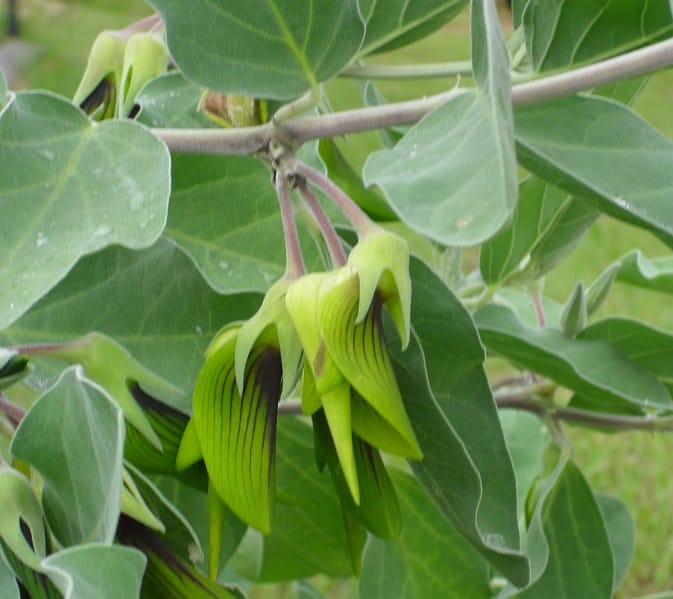
Uses: Known in northern Australia, including Queensland’s arid northern zones, the fibres have been used for weaving sandals and nets. Some sources note its use in treating swelling and eye infections.
Symbolism: With its bird-shaped blooms, this species signifies connection to fauna, mimicry, and storytelling, often interpreted as a playful messenger between Country and its creatures.
Brachychiton populneus (Black Kurrajong)
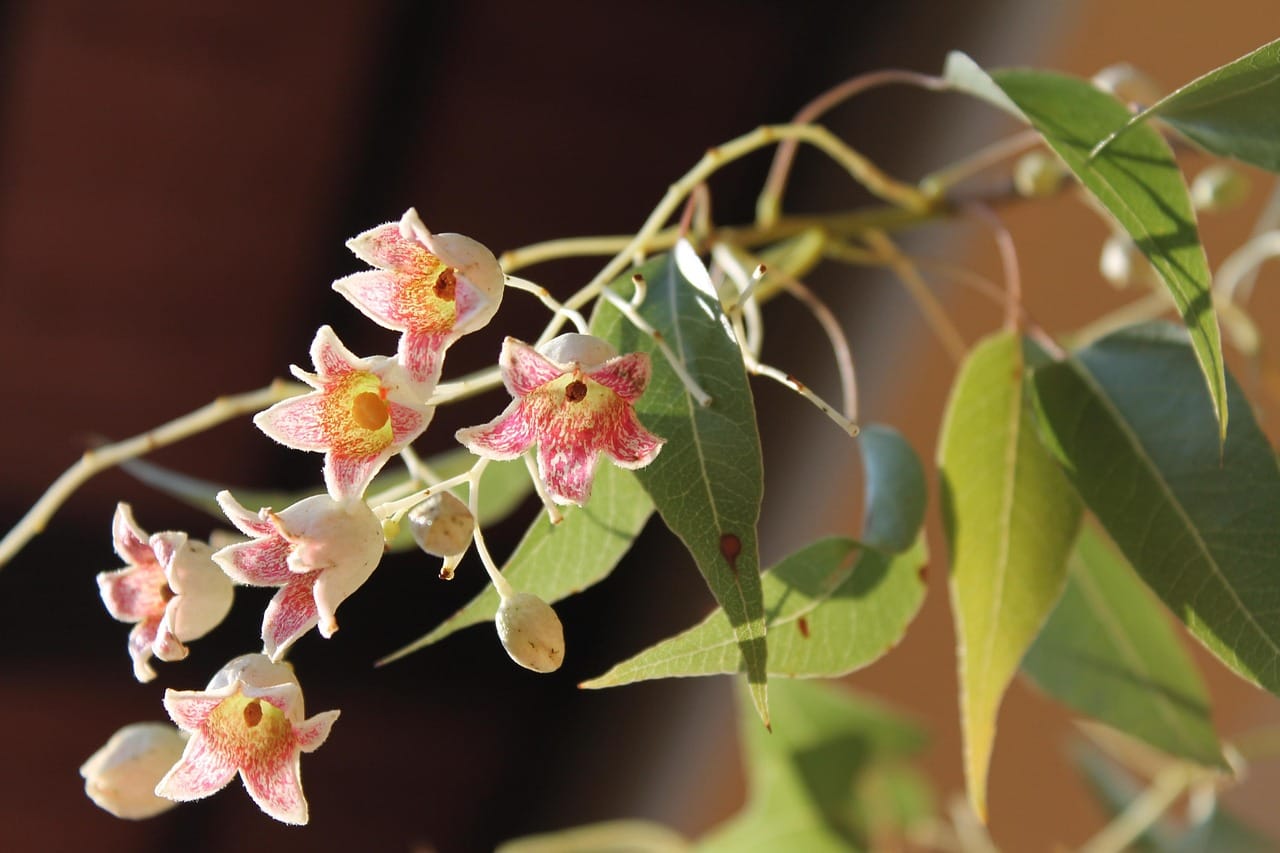
Uses: While not a flower-centric tradition, the yellow seeds were roasted or eaten raw as a high-protein food. The strong bark fibres served the Indigenous peoples of Queensland for fabricating nets and bags.
Symbolism: Symbolising utility, sustenance, and interconnectedness, this tree reflects how flowering and non‑flowering plants together support physical and cultural survival.
Flowers in Dreaming Stories and Oral Traditions
Across Queensland, Dreaming stories feature native flowers as powerful characters in ancestral narratives, each bloom carrying the wisdom of creation, transformation, and deep connections to Country. Also known as Dreamtime stories, they are central to Indigenous Australian cultures, providing a framework for understanding creation, the world, and the ongoing relationship between people, Country, and the natural environment.
These narratives are not simply historical accounts but represent a continuum of past, present, and future, where ancestral spirits continue to influence life. Among coastal and forested regions, stories about the Waratah describe how, in the Dreamtime, all Waratah flowers were originally pale and white. One tale, told among eastern groups, recounts how two Wonga pigeons separated in the bush. As a result of their sorrow and reconciliation, the Waratah bloomed red, a revered colour representing love, strength, and ancestral guidance in the face of sorrow and renewal.
Banksia flowers, too, appear in Queensland Dreaming narratives as embodiments of ancestral beings. In some coastal communities, the distinctive Banksia shape is explained through ancestral spirit-figures shaping the land and its plant life during the Dreaming. These spirits became the seeds and cones that persist in the landscape, teaching that transformation and resilience are ancestral qualities still yearned for today. The seed cones’ role in opening after fire reinforces the idea of rebirth through adversity, a spiritual lesson encoded in the plant’s life cycle and revered in local oral teachings.
In many Queensland Nations, Indigenous storytellers also weave flower bloom times and colours into songlines and seasonal songs. For example, the flowering of certain Wattles or Grevilleas might signal the time for fishing, hunting, or cultural ceremony. These floral cues are not only ecological indicators but spiritual milestones, teaching respect for the land and its cycles. Storytellers pass these lessons down in ceremonial singing and dance, embedding ecological knowledge into community memory.
In this way, the landscape and its flowering plants become a living archive. Each flowering species carries a story: about ancestral journeys, transformations of form and colour, and the spiritual laws that guide human obligations to Country. Children learn to identify these flowers and the stories they hold through art, performance, and intergenerational teaching, ensuring that ecological understanding is inseparable from spiritual meaning. Through these living Dreaming traditions, the golden wattle, the red waratah, and the rugged Banksia become more than plants; they are keepers of cultural memory, spiritual law, and life‑sustaining knowledge in Queensland’s diverse countries.
Ceremonial and Ritual Significance
In Queensland’s Indigenous cultures, flowers are not merely admired for their beauty; they are integral to ceremony, storytelling, and the marking of life’s sacred transitions. Ceremonial practices across the state, from Cape York to the southeastern coastal ranges, incorporate native flowers in deeply symbolic ways. They are used to express deep spiritual ties to Country, to mark significant ceremonial milestones, and to promote both physical and spiritual restoration. The choice of flower in a ceremony is never random. It reflects a layered understanding of the land, the seasons, and the spiritual messages that each bloom carries.
For example, during initiation rites, which signal a young person’s transition into adulthood, flowers such as Grevillea or Wattle may be worn as body adornments or used in woven headpieces and belts. These floral decorations are often chosen for their seasonal relevance and spiritual traits. Wattle symbolises renewal and community strength, making it a fitting emblem for someone stepping into new responsibilities within the group. In some communities, Waratah flowers, rare and powerful in appearance, may be used symbolically in mourning rituals or healing ceremonies. Their rich red colour is associated with resilience, protection, and the endurance of spirit. Though Waratahs are more commonly found in southern Queensland, their presence in ceremonial life continues wherever they bloom.
During cleansing and healing ceremonies, native flowers such as Paperbark (Melaleuca) and Bottlebrush (Callistemon) are used in smoke rituals and spiritual purification. Leaves and blossoms may be placed on smouldering embers to produce aromatic smoke, believed to clear negative energy, connect with ancestors, and restore spiritual balance. The flowers themselves are sometimes crushed or arranged in ceremonial bundles, offering both their physical scent and their symbolic resonance to those being healed.
Ceremonial spaces, whether cleared bushland, sacred waterholes, or carved earth rings, are often adorned with freshly gathered flowers, placed in patterns that represent elements of the Dreaming or align with the spiritual intentions of the gathering. These floral arrangements may honour the spirits of ancestors, welcome visitors from other Nations, or visually represent the story being danced or sung. As flowers bloom and fade, they embody the transient yet sacred rhythm of existence, echoing the continual flow of life, loss, and renewal. This symbolism is deeply embedded in ritual life, reinforcing teachings about impermanence, spiritual growth, and continuity with the past.
In all of these contexts, the use of flowers is not decorative but ritually potent, a sensory expression of respect for Country and its spiritual laws. Each flower carries with it a specific meaning, often known only to the local community, and its inclusion in ceremony is part of a broader cultural dialogue between land, people, and the ancestral forces that still shape daily life across Queensland’s Indigenous Nations.
Seasonal Markers and Ecological Knowledge
For Indigenous peoples, flowers are reliable indicators of environmental change. The flowering of certain wattles, for instance, may signal the migration of fish or the readiness of bush foods like yams or berries. Such observations form part of an intricate ecological calendar, enabling communities to live sustainably with the rhythms of their environment. These natural cues are not only practical tools for survival but are also embedded within oral traditions, songlines, and ceremonies that guide land management and seasonal activities.
In Queensland, many Indigenous Nations continue to read the landscape through floral patterns that reveal subtle shifts in climate, rainfall, and animal behaviour. Along the coastal zones, the blooming of particular Grevillea species can signal that mullet are schooling in nearby estuaries, indicating a time for fishing.
In the Wet Tropics of Far North Queensland, the flowering of certain native gingers or turmeric species may indicate the onset of the wet season, prompting preparations for travel or the gathering of early fruits. In inland areas, such as those occupied by the Kalkadoon or Mitakoodi peoples, the appearance of delicate wildflowers like bush peas and daisies can mark the brief but vital spring growing season, often coinciding with the availability of important food sources like bush tomatoes or witchetty grubs.
These seasonal indicators are passed down across generations, forming a sophisticated body of ecological knowledge that aligns closely with sustainable practices and deep respect for the land. By observing flowers and responding to their timing, Indigenous communities maintain a living connection to Country that is both spiritual and scientifically precise.
Healing and Everyday Uses of Native Blooms
Many tropical flowers have medicinal properties recognised and used by Indigenous communities. Infusions of wattle or Grevillea flowers can soothe colds and coughs, while paperbark flowers are associated with cleansing and skin treatments. Beyond medicine, flowers are also used as natural dyes, in cooking, or simply as part of daily life, offering nourishment, beauty, and connection to the natural world. The knowledge of these uses is typically passed down through family lines, often taught to children through hands-on experience and storytelling, reinforcing both practical skills and a deep cultural relationship with Country.
In Queensland, the healing and everyday uses of native flowers are shaped by the region’s vast ecological diversity, from tropical rainforests to arid savannas. In Far North Queensland, for example, communities in the Cape York Peninsula have traditionally used the blooms and bark of Melaleuca species not only in steam treatments for respiratory ailments but also to dress wounds, with the flowers acting as both antiseptic and spiritual cleanser.
In certain regions of the Sunshine Coast hinterland, Hibiscus heterophyllus (Native Rosella or Native Cottonwood) flowers were cherished as they had many uses both in cooking and for treating minor skin conditions. The Hibiscus heterophyllus roots were also utilised as a mild sedative. Bottlebrush, or Callistemon, flowers, abundant across Queensland, have been enjoyed for their sweet nectar and occasionally used to make soothing rinses for sore throats and irritated eyes. In everyday life, native plants had a key role in tool-making and adornments, woven into fishing nets, mats, or belts, and used in seasonal celebrations or rites of passage. These everyday applications reveal how flowers are woven not just into ceremonial life but into the fabric of daily survival, care, and community life across Queensland’s Indigenous Nations.
Living Knowledge and Cultural Revitalisation
Today, many Indigenous-led initiatives are working to keep traditional plant knowledge alive. Bush tucker tours, community gardens, and cultural education programs celebrate the role of flowers and other native plants in Indigenous heritage. Younger generations are learning to identify and use native blooms, preserving language and practices tied to these plants. This revitalisation also fosters broader awareness of the ecological and cultural importance of Queensland’s flora.
Conclusion
Tropical flowers in Queensland are far more than stunning natural wonders; they are storytellers, healers, and spiritual guides. For Indigenous communities, flowers like Banksia, Waratah, and Wattle are inseparable from Country and the knowledge of ancestors. Understanding their cultural significance not only deepens appreciation of these plants but also highlights the wisdom of Indigenous custodians who have nurtured this relationship for thousands of years. As we learn from these traditions, we are reminded of the importance of protecting both the land and the living cultures that honour it.
